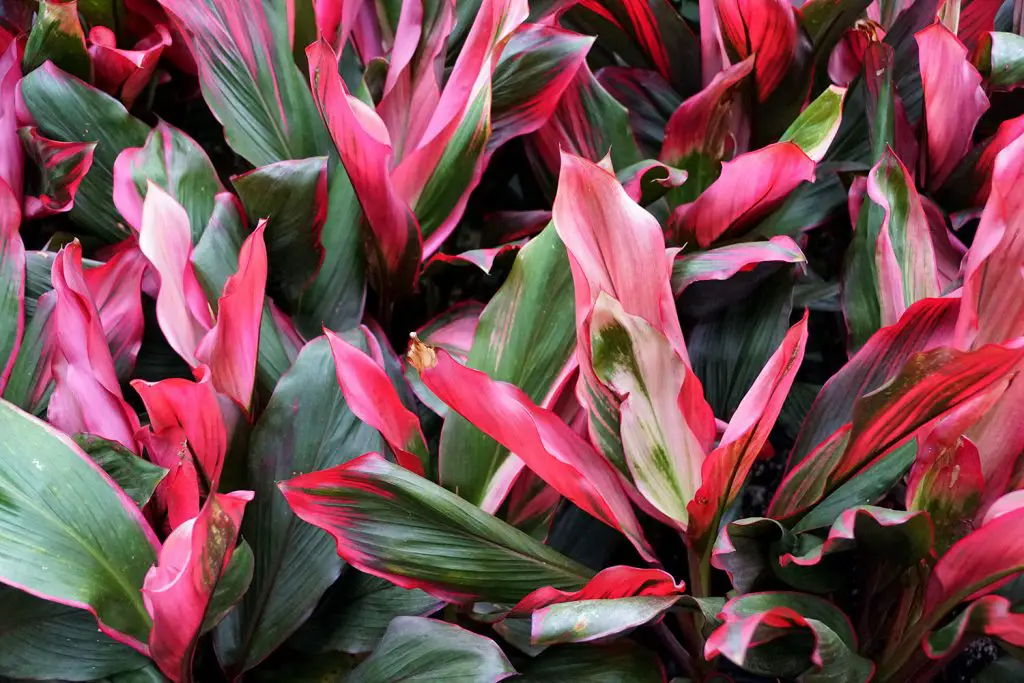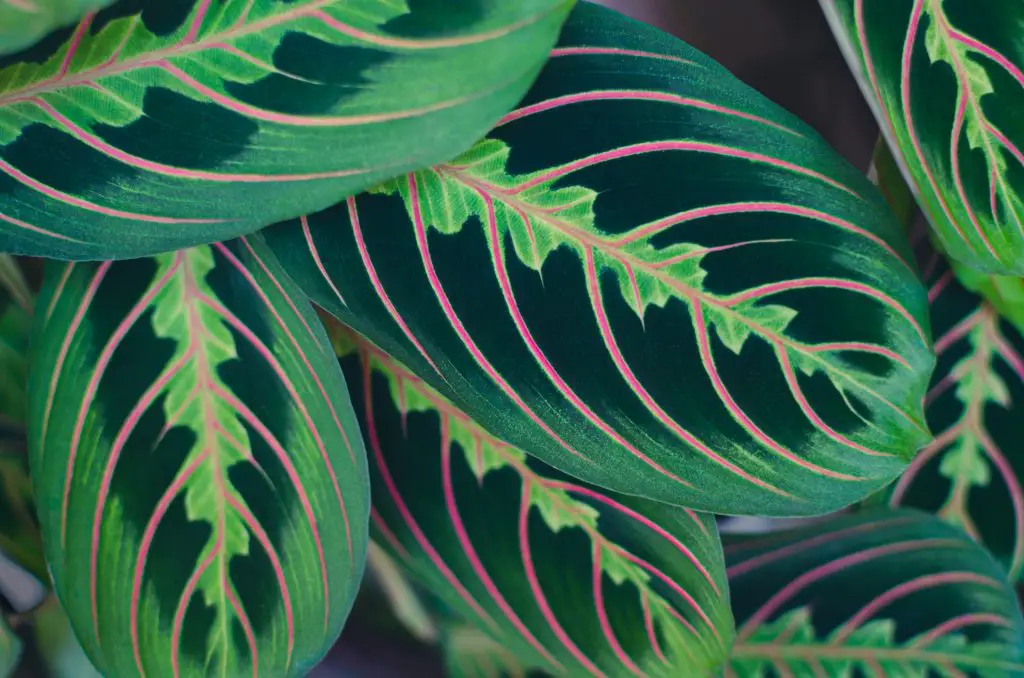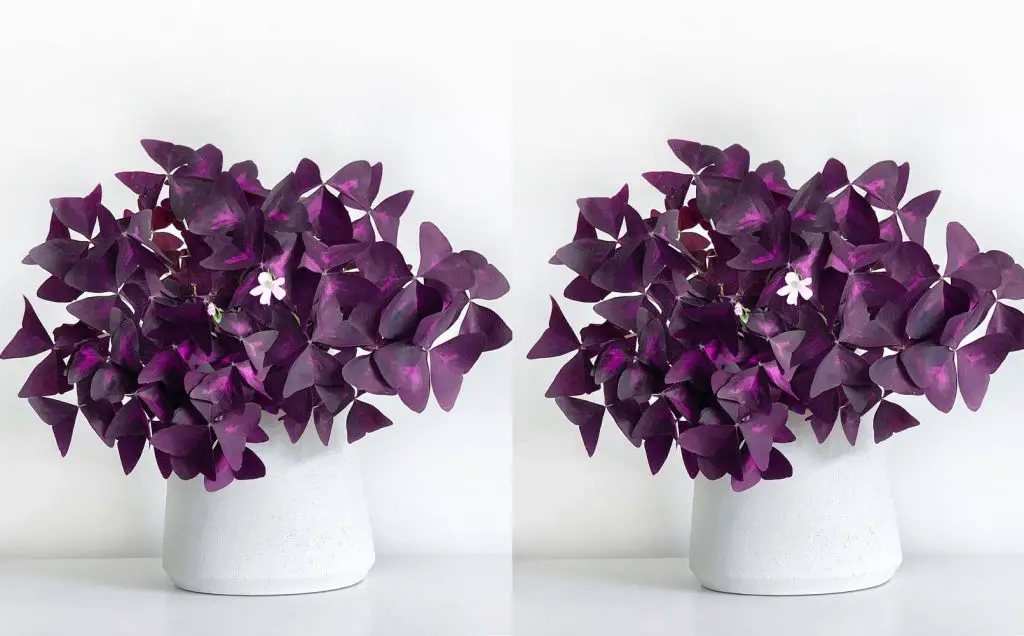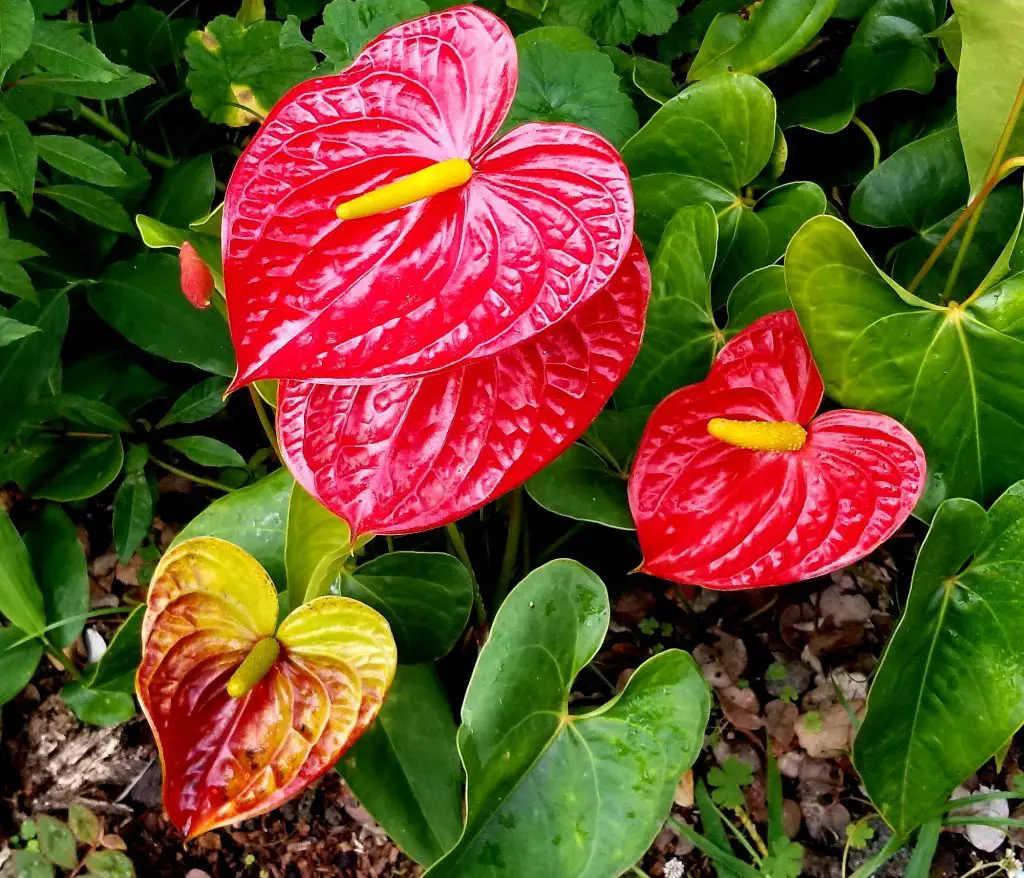This Ti plants complete prayer plant propagation and cares guide feature the a-z about these plants, in here you’ll find everything you need to care for this colorful indoor plant.
There are so many colorful plants in the world, which can fit in as houseplants, and many do not know of their existence or how to care for them.
The good thing is that gradually, people are getting to know them if you visit plant homes often; chances are that you must have seen some of them but you do not know what it is or how they can be beneficial to you and your environment.
An example of this is the Ti plants. Although not popularly known before, a lot of people are discovering the beauty is this colorful houseplant. In this article, we will be walking you through all you need to know about the Ti plant.
Table of Contents
Ti Plant Background
| Botanical name | Cordyline Fruticosa. |
| Common name | Hawaiin Ti plant. |
| Origin | Southeast Asia, the pacific. |
| Light | Partial, indirect sun. |
| height | Up to 10 feet. |
| Water | Moderate. |
| Family | Asparagaceae. |
| soil | Well-drained. |
Also known as Cordyline fruticosa, this flowering plant is from the family of Asparagaceae. Popularly known among the people of Pacific islands, New Zealand, island Southeast Asia and New guinea. The Ti plant is not just cultivated for its beauty and flowers, but food and traditional medicine.
It is also popularly known as the Hawaiian plant, even though it is not native to Hawaii, however, the people of Hawaii makes use of this plant to make hula dance skit and surfboard covers.
The plant is known by many other names like palm lily, cabbage palm, ti leaf, etc.
Before recent years, the Ti plants were popularly grown outdoor; however, people are coming to the beauty of this plant, not just outside but also inside. The plant comes in a large variety of colors, i.e. red, green, pink, orange, chocolate, and combinations.
Ti Plants Propagation Requirements
The Ti plant is an easy plant to care for; however, you need to provide them with the basic things they require. Here are the following things to put in place before you bring them in. Keeping this beauty indoors is best for people who do not live in tropical areas, so you will be able to monitor its growth.
1. Light
The Ti plant does not require full sun like many other colorful plants. They are contented with bright, indirect sunlight. You may be required to place a curtain between them and the sun or any other thingy, just so the sun passes through before it gets to the plant. When exposed to full sun, the TI plant loses its vibrancy and bright colors.
2. Soil
Like many other plants, the TI plant enjoys loose well-drained soil. You can add a little peat moss and perlite into the soil to improve the drainage; this should be done especially if you have heavy soil.
3. Humidity
Humidity is very important to Ti plants; this is most attributing to the plant’s natural habitat. You should grow this plant in a high humid environment, however, if this isn’t possible, you can create conditions for humidity for your plants.
You can set a humidifier close to the plant, you can also place your plant (pot) on water and peddle tray, be sure your plant is sitting on the peddles and not in the water.
4. Potting
Deciding the type of pot to get is as important as deciding the location of your plant. You should get a pot that has drainage holes at the bottom. If you intend to re-pot later on, you can get a pot that is just one size larger than the recent one. Check out these amazing planters.
5. Temperature
One beautiful thing about this plant is that it isn’t choosy when it comes to temperature, this means you can grow it indoor, outdoor, or wherever you prefer. They can survive in as low as 18 degrees Celsius up to 26 degrees Celsius.
6. Fertilizer
The Ti plant can survive without fertilizer, however, you can give your plant some fertilizer if you notice it needs help or when you notice it is dying. You should choose a fertilizer that is high in nitrogen and diluted to reduce its strength.
QUICK TIP
Although the TI plant enjoys moist soil, it stands the risk of getting root rot if it is soggy. It also stands the chance of getting sick/unhealthy when it is under-watered. You must make your watering schedule just right.
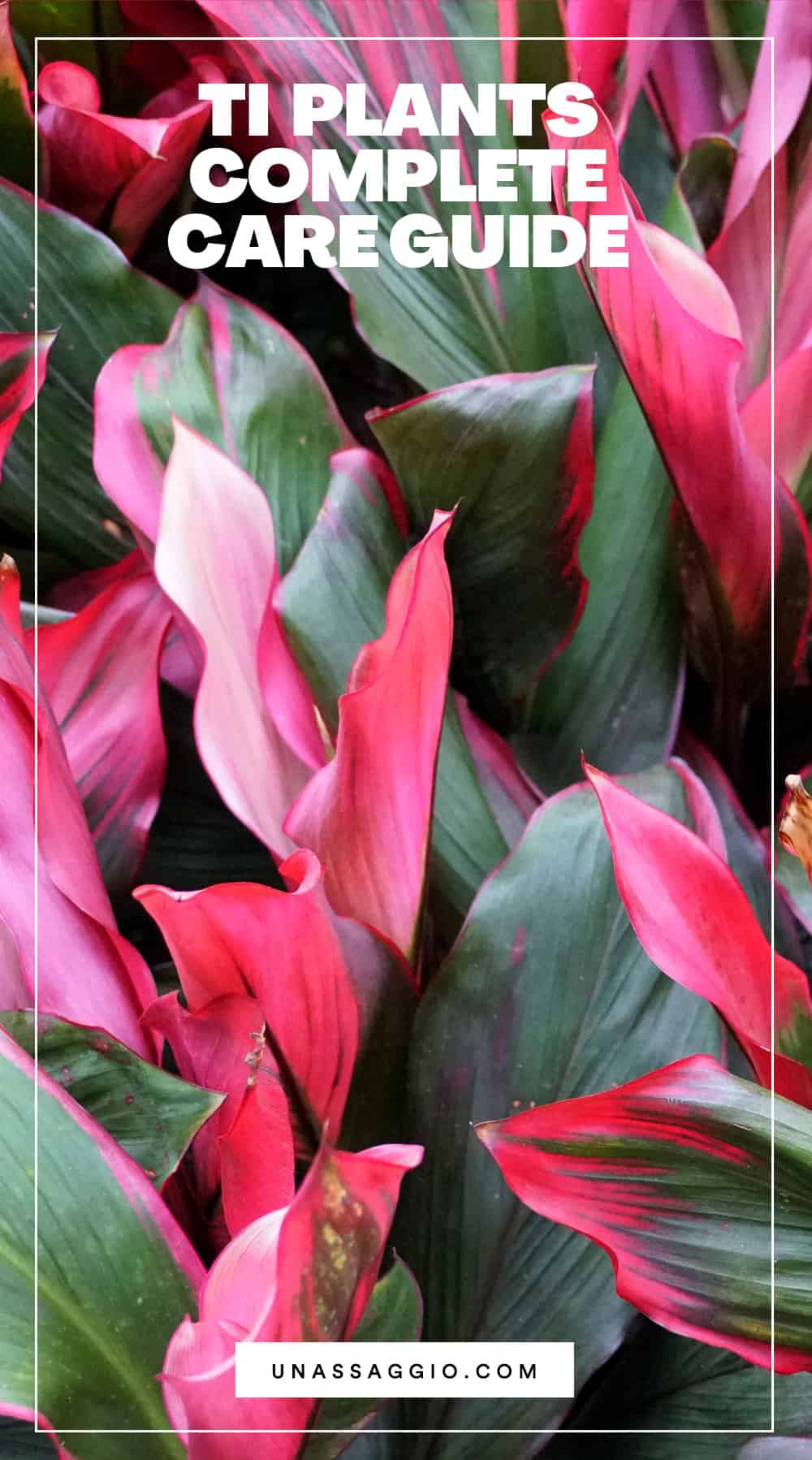
Ti Plants Propagation
Propagating the TI plant is easy, they can be propagated via stem cutting (which is the most used), seed, and cutting in water (the easiest).
1. Growing Ti Plants Stem Cutting
Get a mature, healthy plant and take your cutting from it, cut it into pieces or about 1 inch long or a bit longer. Get a pot filled with combinations of sand, half perlite, and peat moss to keep the soil light. Plant the cane sideways or upright(if it is longer) to a depth of ¼.
The planted cane will develop roots at nodes then you can place the pot in a partial shades location, as long as the plant will receive only indirect light.
Make sure the soil is kept moist, you can also mist it during the day. Its root should develop in two to four weeks, with proper care, the plant should grow to moderate-size in 4 to 6 weeks.
2. Plant From Seed
Seeds are gotten from the berries that replace the large bloom on the ti plant. You can either plant the berries or get out the seed from it, getting out the seed will speed up the germination process.
Plant the seed ¼ inches deep into the pot filled with the mixture of sand, peat moss, and perlite. Place the pot in a warm location, and keep it moist. When you notice the seedlings have matured a bit, you should move them to their different pots.
3. Cuttings In Water
This is the easiest way to propagate the TI plant. Cut a piece of the plant, make sure it is about 5 to 7 inches long. Place it in 1 inch of water.
You can increase the growth process by feeding it some fertilizer – water-soluble fertilizer. When you notice the cane has developed a root system, you can move it to a pot with potting soil or other combinations. You should change the water regularly to avoid diseases.

